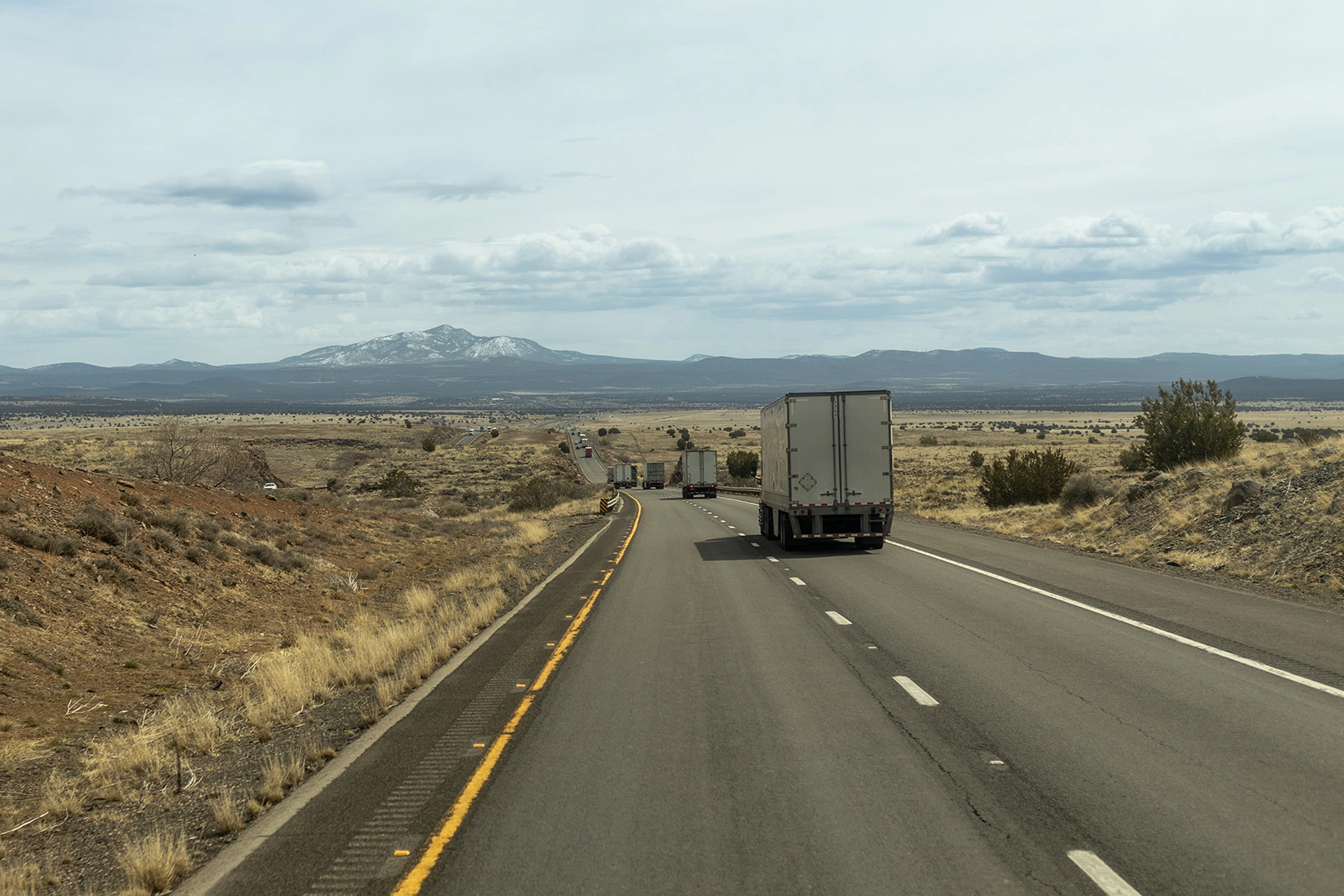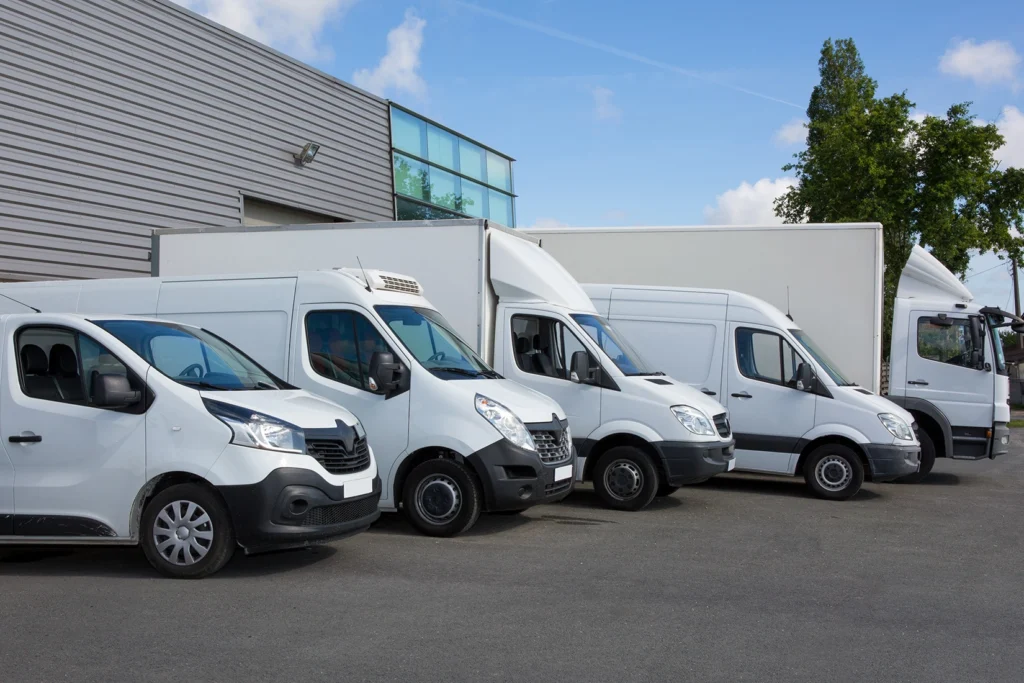Trucking Still Rules: Why Road Freight Dominates the U.S. Logistics Market

Despite advances in rail, air, and ocean freight, trucking remains the dominant mode of transportation in the U.S. logistics industry. According to the American Trucking Associations, trucks move over 72% of the nation’s freight by weight, connecting ports, rail hubs, manufacturers, retailers, and consumers across every state. From coast to coast, the U.S. economy quite literally rides on wheels.
So, why does trucking continue to rule America’s logistics landscape, and how are modern trends reshaping the road freight sector?
The Core of Road Freight: FTL and LTL Markets
The U.S. trucking industry operates primarily through two models: full truckload and less-than-truckload (LTL) services.
FTL
FTL shipments occupy an entire trailer and are typically used by manufacturers, retailers, or distributors moving large quantities. These loads travel directly from origin to destination, minimizing handling and transit time.
- Best for: bulk shipments, time-sensitive freight, long-haul deliveries.
- Typical clients include food & beverage producers, e-commerce distribution centers, and automotive suppliers.
- Market leaders: Schneider National, Knight-Swift, J.B. Hunt, and Werner Enterprises.
LTL
LTL shipping consolidates freight from multiple shippers into one trailer. Each customer pays only for the portion of space they use, making it ideal for smaller shipments.
- Best for: small- to medium-sized businesses, retail replenishment, and regional distribution.
- Typical clients – retailers, healthcare suppliers, electronics distributors.
- Major players: XPO Logistics, Old Dominion Freight Line, Estes Express, and Saia.
Together, these sectors form a vast ecosystem that keeps goods flowing efficiently, balancing flexibility, cost, and speed.
Why Trucking Dominates the U.S. Market
- Unmatched flexibility. Unlike rail or air freight, trucking offers door-to-door service to nearly every ZIP code in the U.S. It’s the only mode that can serve rural communities and last-mile deliveries.
- Extensive infrastructure. America’s 4 million miles of public roads and interstate highway system allow truckers to connect distribution hubs quickly and efficiently, reducing dependency on terminals and transloading facilities.
- E-commerce boom. With e-commerce sales growing year after year, demand for last-mile and regional freight has surged. Trucking’s scalability makes it the backbone of fulfillment and delivery networks.
- Integration with other modes. Even when freight travels by ship, rail, or plane, it almost always ends or begins on a truck. This “first and last mile” advantage makes road freight a vital component.

Industry Challenges and Emerging Trends
1. Driver shortages. The industry faces a persistent shortage of qualified drivers, with estimates exceeding 80,000 unfilled positions. Aging workforces, long hours, and lifestyle challenges have made recruiting younger drivers a top priority. Companies are increasingly offering better pay, flexible schedules, and training programs to attract new talent.
2. Digital freight matching. Technology is transforming logistics operations. Platforms like Convoy, Uber Freight, and Loadsmart are streamlining the process of how shippers connect with carriers. Through digital freight matching, capacity can be optimized in real-time, reducing empty miles and improving efficiency.
3. Sustainability and electrification. Green logistics is gaining traction. From electric semi-trucks to route optimization software, fleets are working to reduce emissions and fuel costs. While adoption is gradual, the trend is clear: sustainability is no longer optional but a competitive advantage.
4. Rising operational costs. Insurance, equipment, maintenance, and fuel expenses continue to rise. To remain profitable, carriers are investing in data analytics and telematics to monitor performance, streamline maintenance, and optimize routes.
The Future of Trucking: Technology Meets Tenacity
Despite challenges, the future of trucking is bright and smarter. The industry’s evolution is powered by automation, connectivity, and digitization. From AI-based dispatch systems to predictive maintenance tools, technology is making fleets safer and more efficient.
Carolina Logistics Inc. is embracing these innovations to deliver faster, greener, and more reliable freight services. While rail and air play critical roles, trucking will continue to drive the American economy forward mile by mile.
